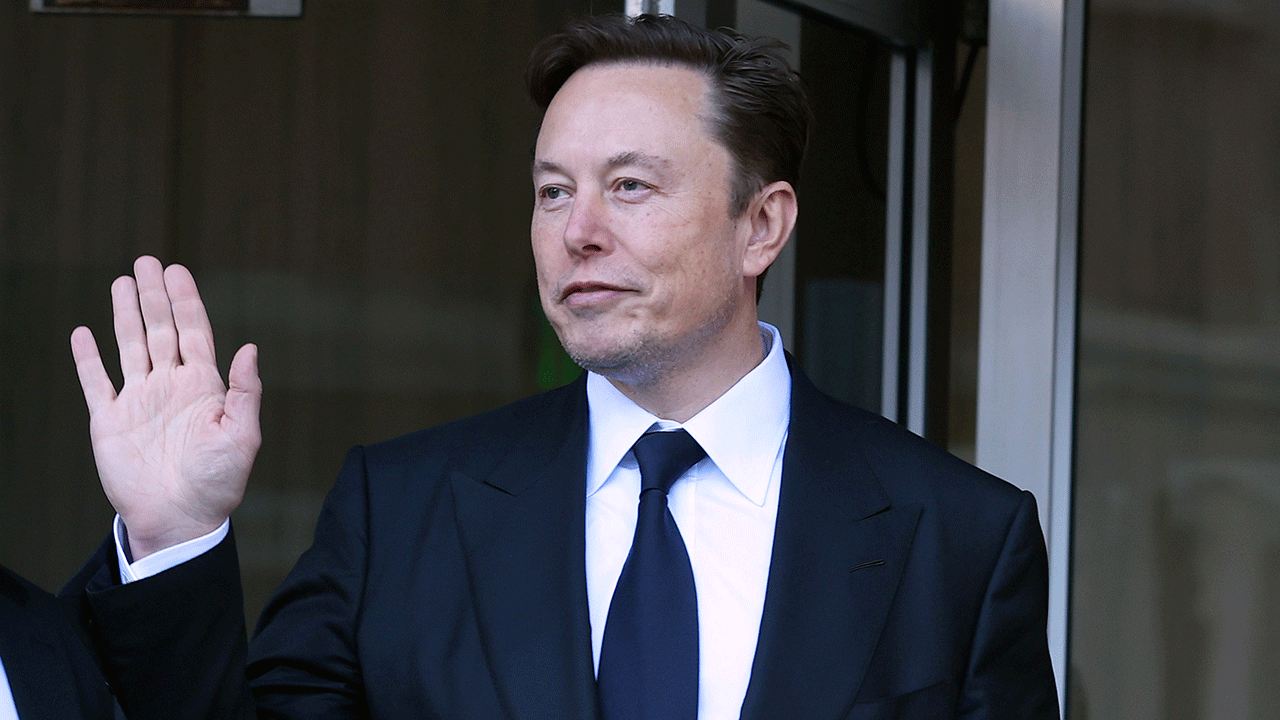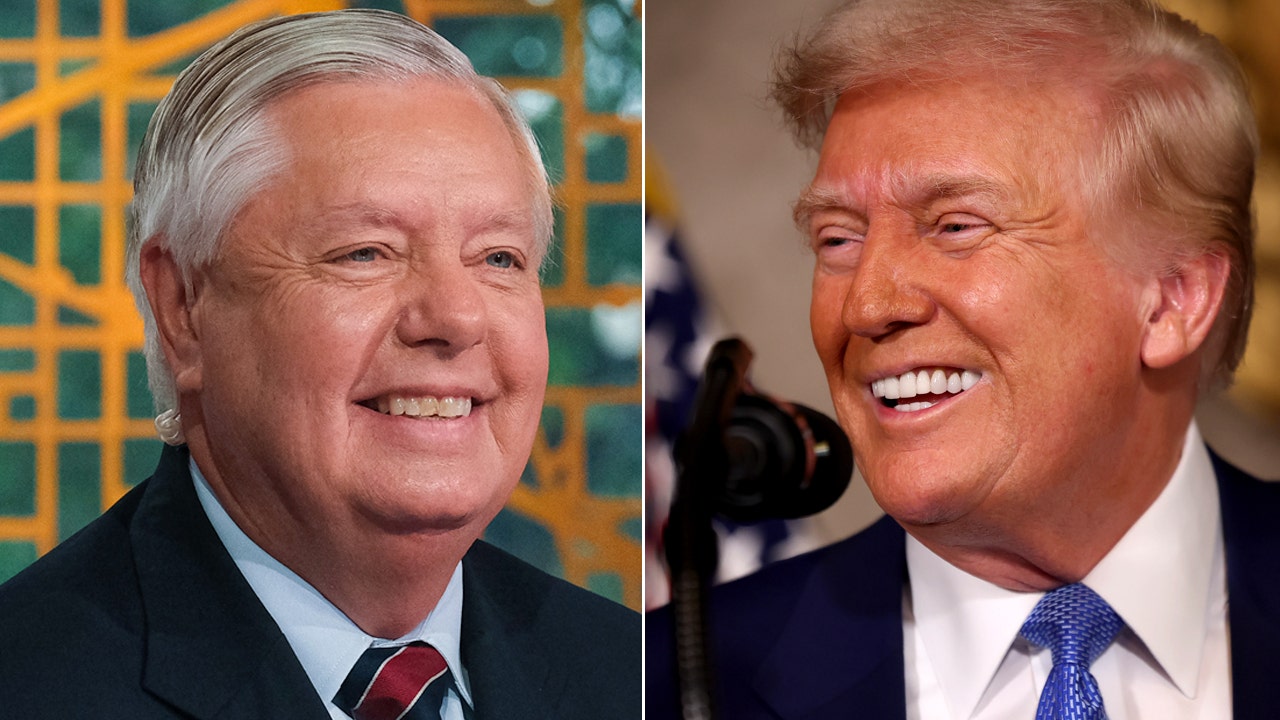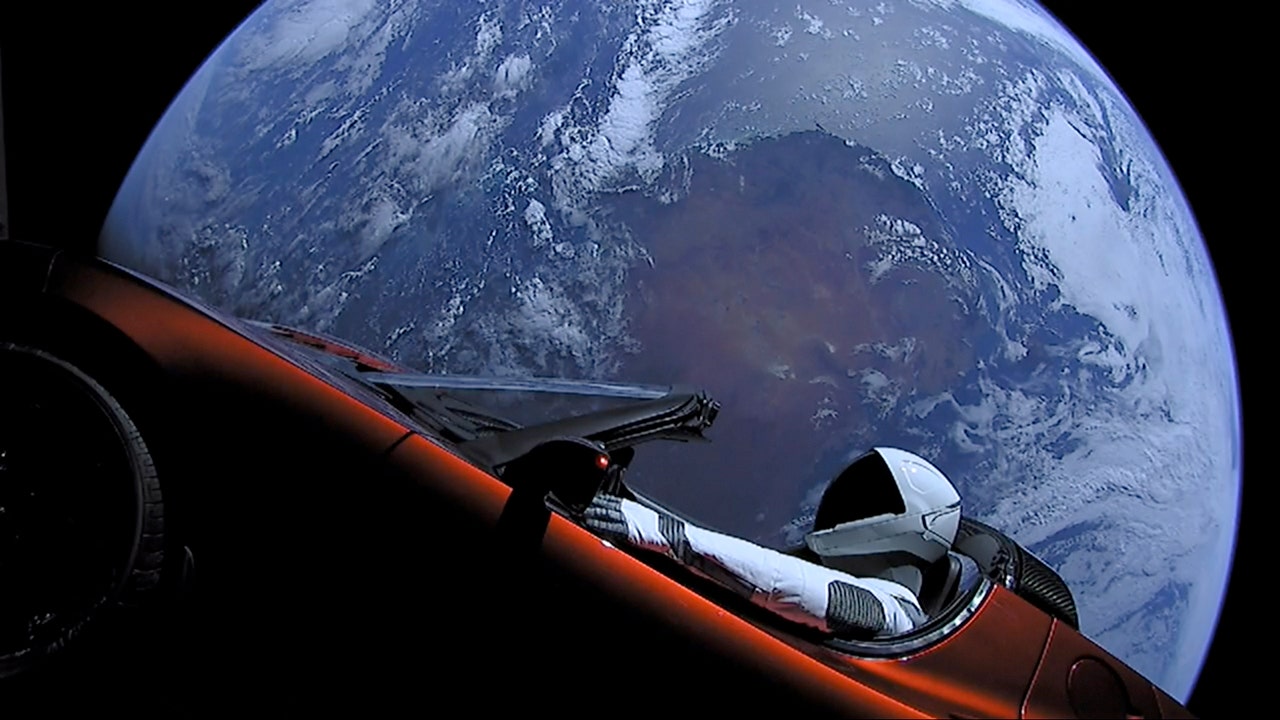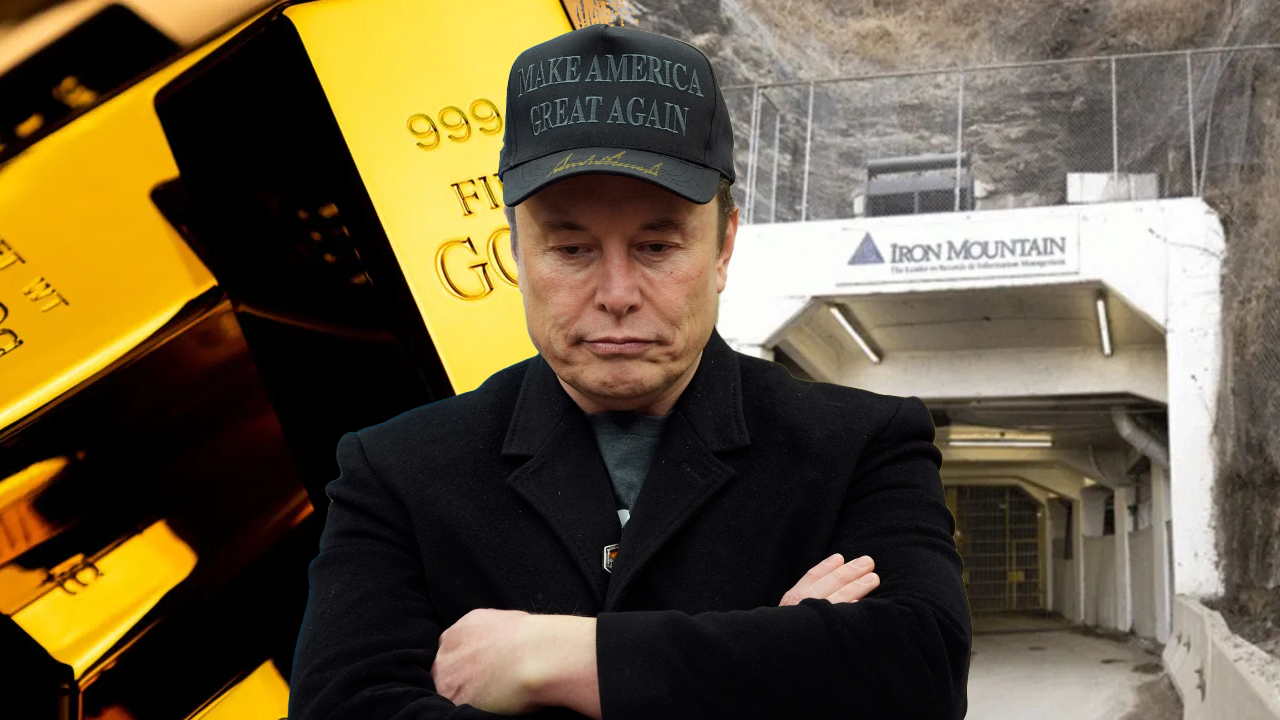Elon Musk’s sense of humor is out of this world.
Seven years after the SpaceX CEO launched a Tesla Roadster into orbit, astronomers from the Minor Planet Center at the Harvard-Smithsonian Center for Astrophysics in Massachusetts confused it with an asteroid earlier this month.
A day after the astronomers with the Minor Planet Center registered 2018 CN41, it was deleted on Jan. 3 when they revealed that it was in fact Musk’s roadster.
The center said on its website that 2018 CN41’s registry was deleted after “it was pointed out the orbit matches an artificial object, 2018-017A, Falcon Heavy Upper stage with the Tesla Roadster. The designation2018 CN41 is being deleted and will be listed as omitted.”
DEBRIS FROM SPACEX STARSHIP STREAKS THROUGH THE SKY
SpaceX launched the Tesla Roadster on the maiden flight of SpaceX’s huge Falcon Heavy rocket in February 2018.
The roadster was expected to go into elliptical orbit around the sun, going a little beyond Mars and back toward Earth, but it apparently exceeded the orbit of Mars and kept going to the asteroid belt, according to Musk at the time.

When the roadster was mistaken for an asteroid earlier this month, it was less than 150,000 miles from Earth, which is closer than the moon’s orbit, according to Astronomy Magazine, meaning that astronomers would want to monitor how close it gets to Earth.
POWERFUL WEBB TELESCOPE CAPTURES PHOTOS OF ONE OF THE EARLIEST SUPERNOVA EVER SEEN
Center for Astrophysics (CfA) astrophysicist Jonathan McDowell told Astronomy magazine that the mistake shows the issues with untracked objects.

“Worst case, you spend a billion launching a space probe to study an asteroid and only realize it’s not an asteroid when you get there,” he said.
Fox News Digital has reached out to SpaceX for comment.
Read the full article here










